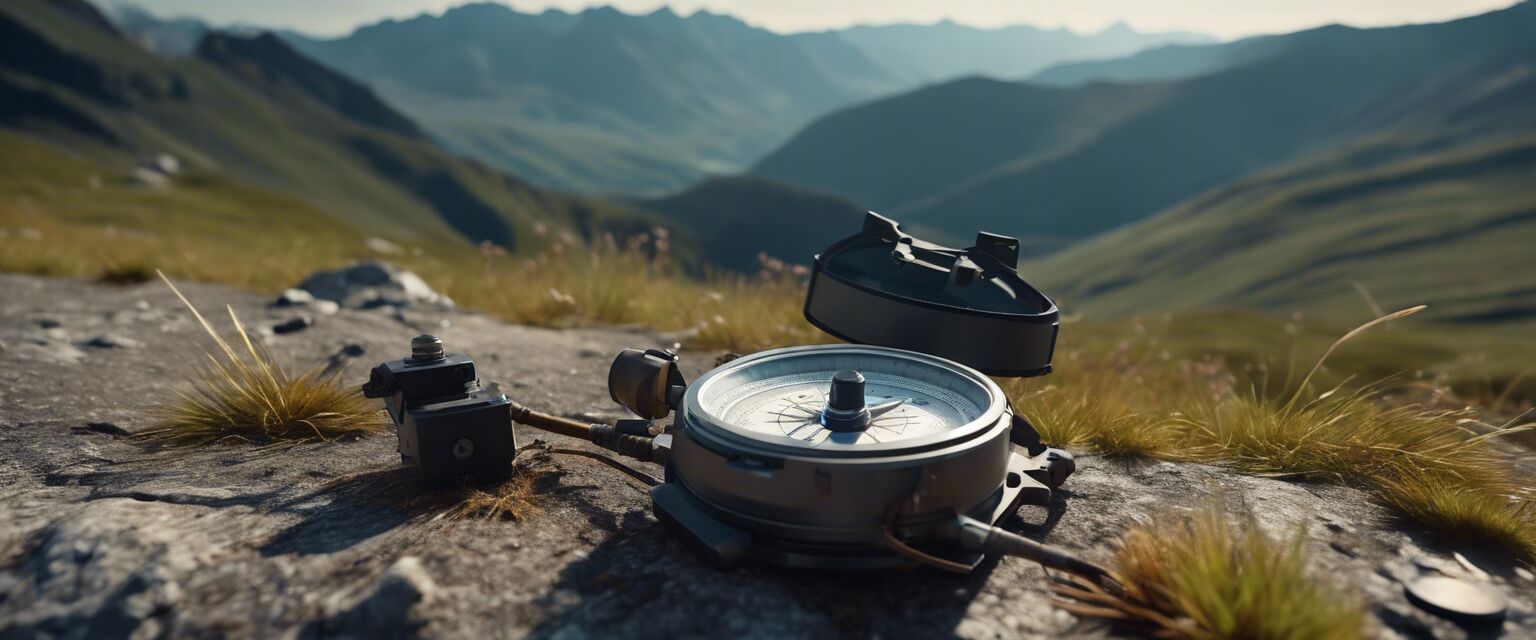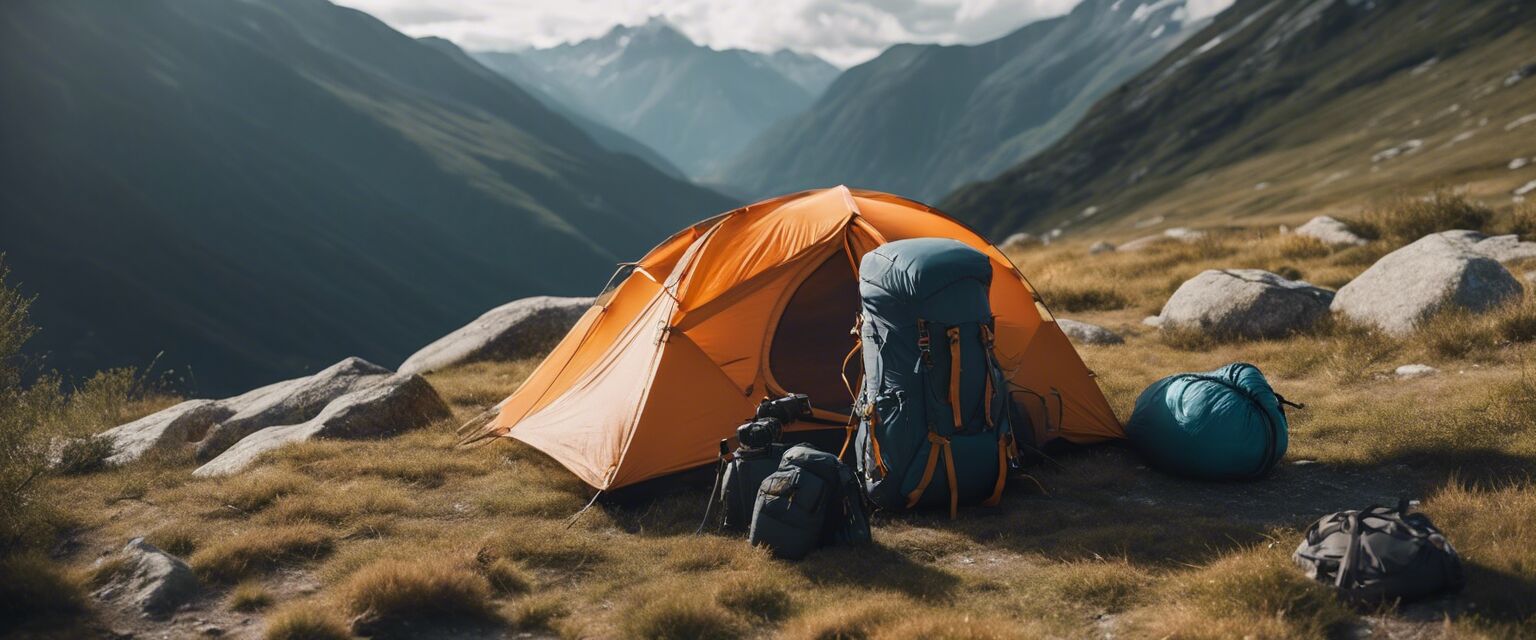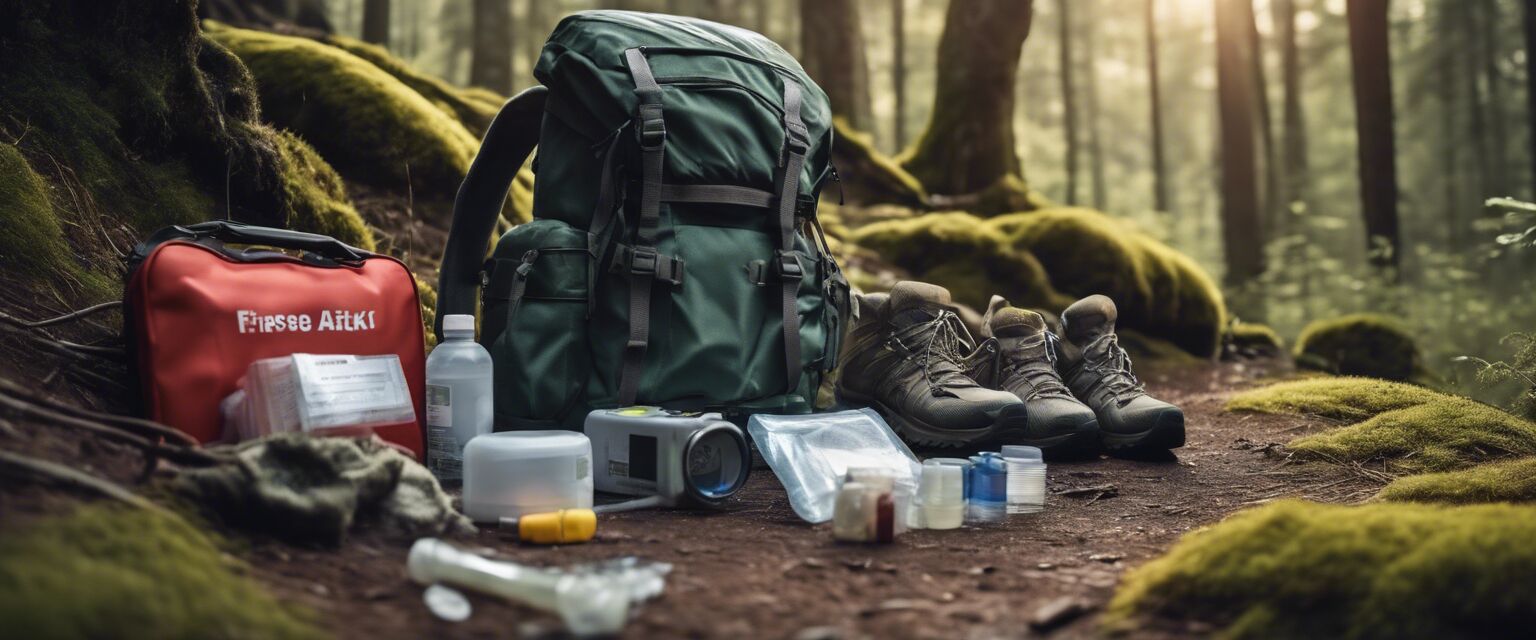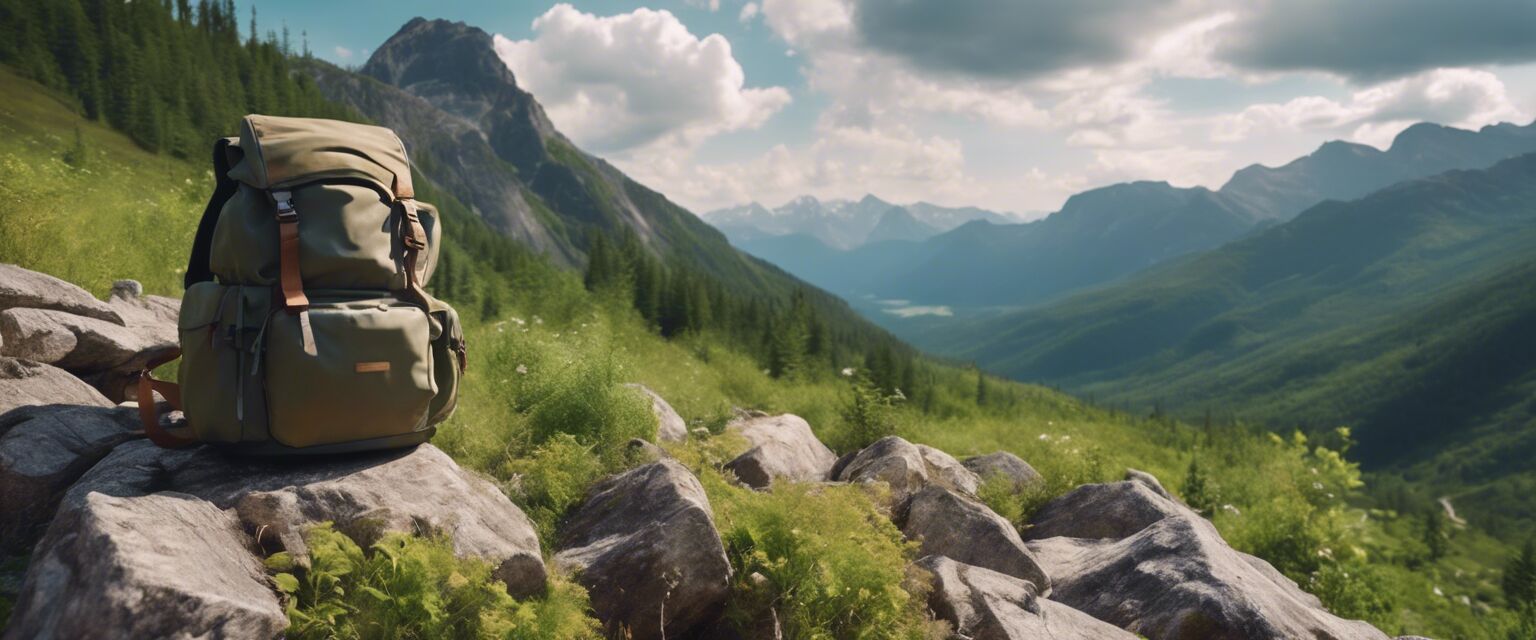
Navigating Your Way: Essential Navigation Equipment for Backpacking and Hiking
Key Takeaways
- Navigation equipment includes tools like compasses, maps, GPS devices, and altimeters.
- Understanding how to use these tools effectively is crucial for safe and enjoyable outdoor experiences.
- Always carry a backup navigation method in case of device failure.
- Essential skills include map reading, compass skills, and using GPS technology.
When embarking on a backpacking or hiking adventure, knowing how to navigate the terrain is just as essential as packing your gear. This article delves into various navigation equipment options that every outdoor enthusiast should consider, along with tips on how to effectively utilize these tools on your journey.
Types of Navigation Equipment
There are several types of navigation equipment that can help you stay on track during your outdoor excursions. Here is a brief overview:
| Equipment | Description | Pros | Cons |
|---|---|---|---|
| Compasses | A hand-held device that shows direction using magnetic fields. |
|
|
| Topographic Maps | Maps that show elevation and terrain features of an area. |
|
|
| GPS Devices | Hand-held or installed devices that provide real-time location tracking. |
|
|
| Altimeters | Devices that measure altitude, often used in conjunction with other navigation tools. |
|
|
How to Use Navigation Equipment
Using navigation equipment effectively requires practice and skill. Here are some tips to get you started:
Compass Skills
- Learn to use the compass' needle and orientation.
- Practice taking bearings before heading out into the field.
Map Reading
- Familiarize yourself with map symbols and scales.
- Use landmarks to help orient your map in the field.
GPS Navigation
- Ensure your battery is fully charged before a trip.
- Save waypoints for important locations along your route.
Importance of Backup Navigation
Technology can often fail at the most inconvenient times. Thatâs why it's essential to have a backup navigation method available. Bringing a map and compass, even if you primarily rely on GPS, can be a lifesaver when gadgets glitch or batteries die.
Beginner Tips for Navigation
- Take a navigation course to improve your skills.
- Download offline maps to your device before going out.
- Practice navigating in your local parks before heading to remote areas.
Additional Navigation Tools
Aside from the most common tools mentioned, several accessories can enhance your navigation experience:
- Smartphones: With the right apps, your phone can serve as a navigation tool, although relying solely on it may not be wise due to battery constraints.
- Navigation Apps: Applications like AllTrails or Gaia GPS can provide invaluable information about trails.
- Trail Guides: Invest in published guides of the trails you plan to hike for expert tips and detailed breakdowns of the terrain.
Comparison of Popular Navigation Equipment
| Equipment | Best For | Price Range |
|---|---|---|
| Standard Compass | Basic navigation | Under $30 |
| Handheld GPS | Precise location tracking | $100 - $500 |
| Topographic Maps | Terrain understanding | Varies, often $10 - $30 |
Maintaining Your Navigation Equipment
To ensure reliability, itâs important to maintain your navigation tools. Here are a few guidelines:
- Check batteries regularly and replace them as needed, especially in electronic devices.
- Store maps carefully to prevent damage.
- Keep a compass away from magnetic fields to ensure accurate readings.
Pros
- Improves safety and confidence on the trail.
- Enhances overall outdoor experience.
- Variety of tools tailored for different needs.
Cons
- Requires a learning curve to use effectively.
- Certain tools can be expensive to acquire.
- Dependency on tech can lead to issues if devices fail.
Conclusion
With the right navigation equipment and skills, you can explore the great outdoors with confidence. Always remember to carry backup options and invest time in learning how to use your tools effectively. For more on essential backpacking gear, check out our Backpacks and Navigation Tools categories for further insights!








